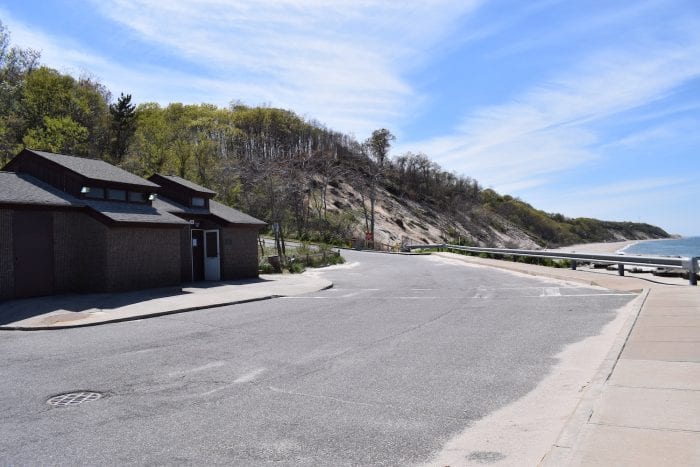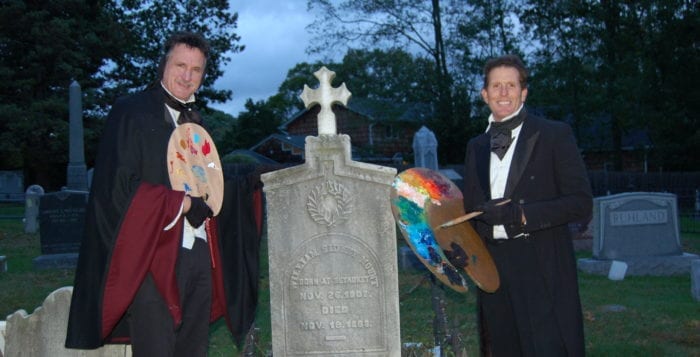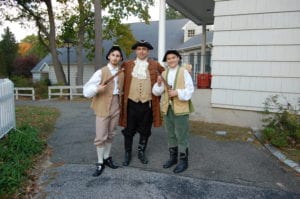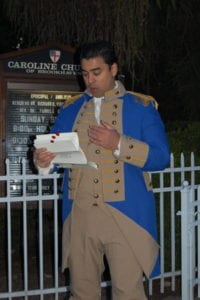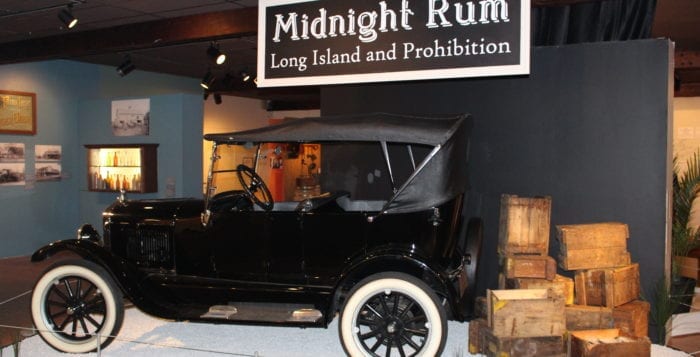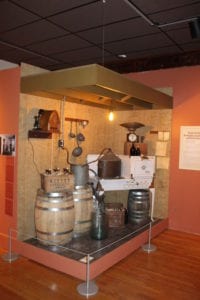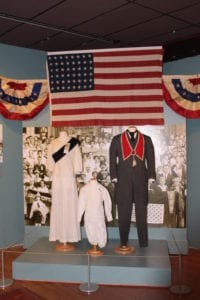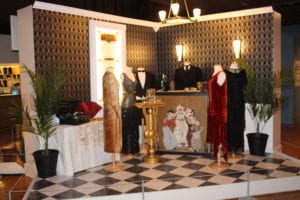The vacant concession stand at East Beach will be the new home to a taco shack this summer.Prohibition East Beach is planned to opened on Memorial Day or shortly after, weather permitting.
Lisa Harris, owner of Prohibition in the village, said she found out she won the bid last week after she submitted a thorough plan, complete with renderings and a menu.
With the recent upgrades that included a sand dredging and a new retaining wall to the resident-only beach — located by the Port Jefferson Country Club — Harris thinks a food stand will be the icing on the cake in revitalizing the local beach.
“The beach was always popular, but I think because people were staying home for the past year, the beaches have become so important,” she said. “I love seeing the village investing energy and resources into a space like this.”
Back in April, the village put out a call to food and beverage providers encouraging them to submit proposals for a snack concession stand. Mayor Margot Garant said the spot has been vacant for close to 25 years.
Over the years, the village tried to encourage residents to utilize the beach, including family fun nights that never stuck.
“I’m looking forward to bringing back some of the traditions that bring our families together down at the beach,” Garant said. “Now, we’re open and we want to see people come in, come back and enjoy the beach in the summertime.”
Garant added this year is a “trial year.”
While other business owners inquired about the stand, during the bid process, Harris seemed like the best fit thanks to her involvement in the village and owning of several businesses in Upper Port. Along with Prohibition, she owns Torte Jeff, the pie shop, which recently combined with her donut store, East Main & Main.
That’s why she’s calling the stand Prohibition East Beach.
“Prohibition has a good reputation [on Main Street],” she said. “And I worked really hard at maintaining that.”
So, making this small shack an extension of her popular bar and restaurant was a no-brainer — and the Main Street spot will act as the commissary to the new space. All the food will be cooked there and then sold out of the East Beach location.
Her concept is a casual taco spot with a beachy vibe. The concession stand will be cleaned up, with benches and bistro tables next to it.
Harris plans on stringing lights, giving it a cool, laid back atmosphere. She wants to set up speakers and maybe have some steel drum music down the line.
“I love this beach,” she said. “Every time I come down here, I always wondered why there wasn’t a beach concession down here. So, I’m really excited about it.”

